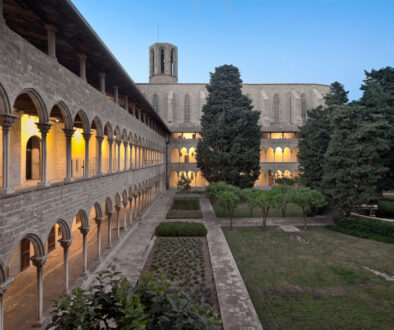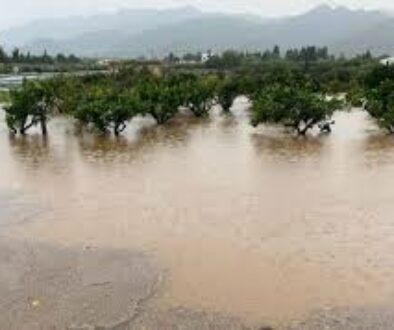The High Ground: Bio-cultural conservation and diversity of sacred natural sites in the Eastern Himalayas
Higgins-Zogib, Liza; Dudley, Nigel; Aziz, Tariq (eds.)2012
The Eastern Himalayas is a sacred landscape of priceless worth to people of many different faith groups, who regard the protection of its natural values as an essential requirement of their everyday spiritual practice. In part this duty of care helps explain why the region has retained unique and important biodiversity of global significance. All the faith groups of the Eastern Himalayas regard nature as sacred and identify particular natural sites and features as places of worship and reverence. There are hundreds, probably thousands, of sacred natural sites ranging from entire mountain ranges to hidden caves and these have a huge cultural, historical and social value in addition to their spiritual value.
This publication looks at how sacred places, beliefs and practices in the Himalayas can link to efforts by all the countries in the region to conserve irreplaceable natural values in the face of growing threats. The content comes from the workshop “Sacred Natural Sites, Cultural Bio-diversity and Climate Change in the Eastern Himalayas” that took place in 2010 in Bhutan.
(Summary of the authors, slightly expanded)
Reference
Higgins-Zogib, Liza; Dudley, Nigel; Aziz, Tariq (eds.). The High Ground: Bio-cultural conservation and diversity of sacred natural sites in the Eastern Himalayas. WWF – World Wildlife Fund, 2012. 22 pp. ISBN: 978-2-940443-28-4.




